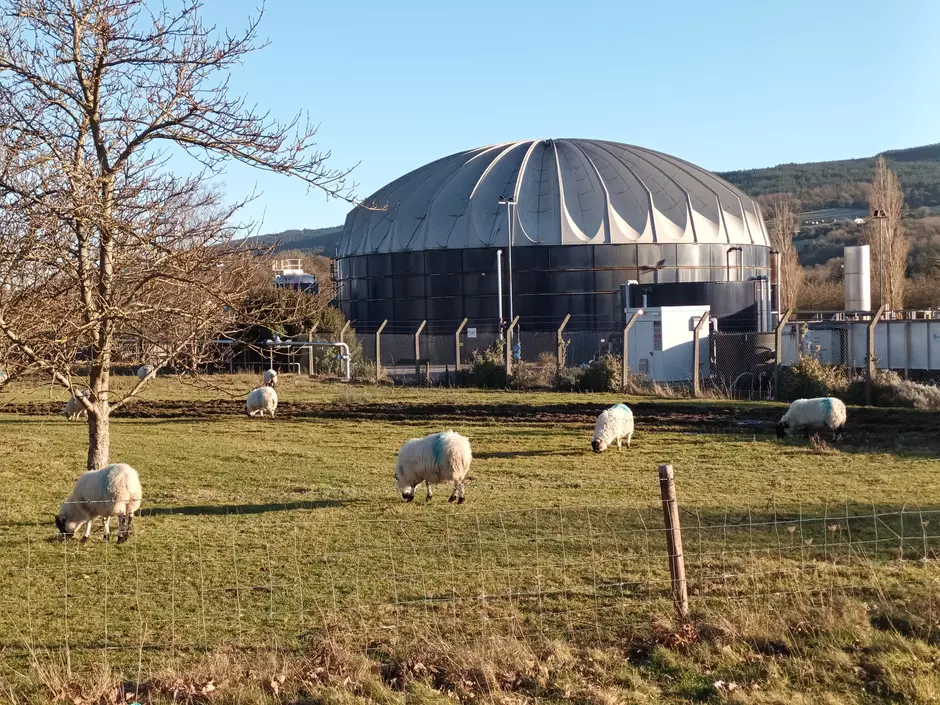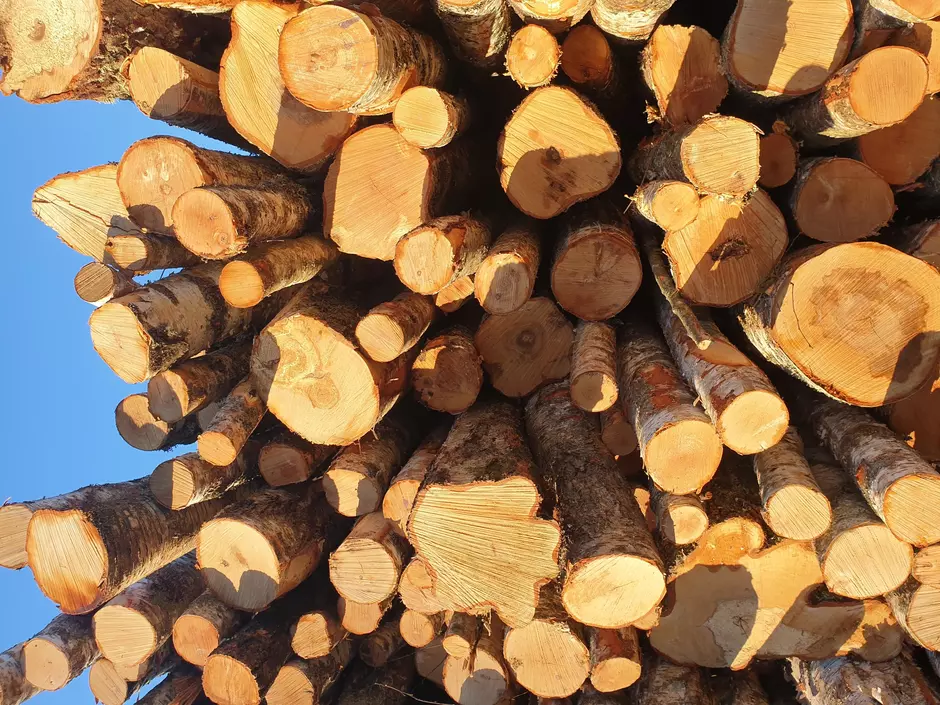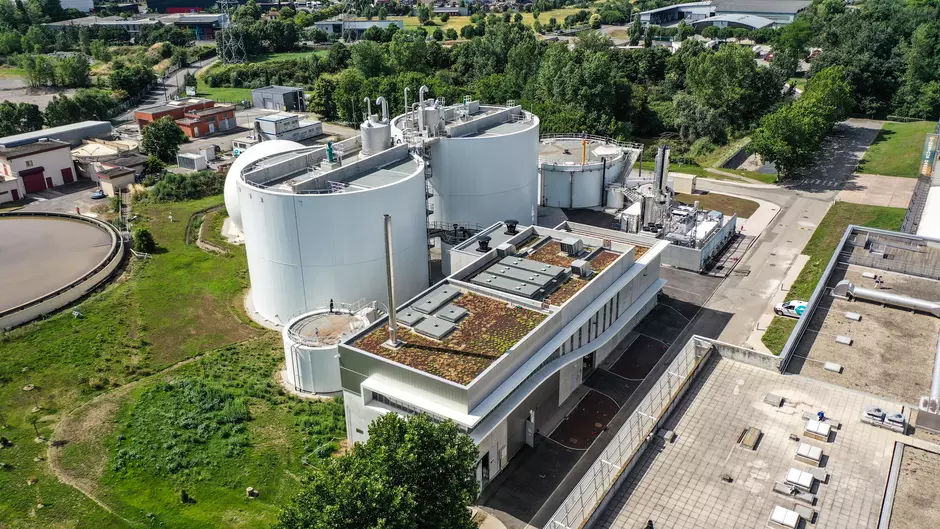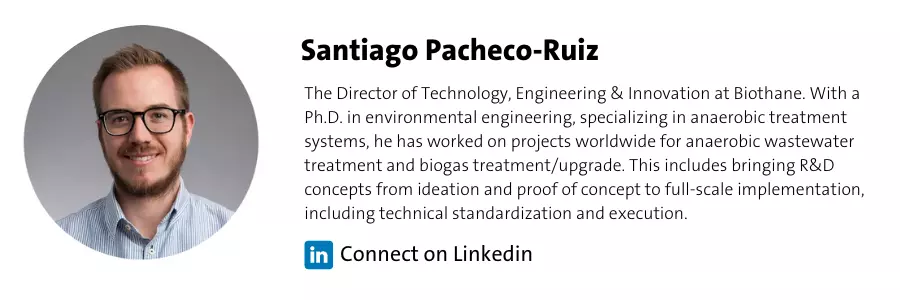Life is getting far more challenging for industrial facilities as they address the growing challenges of higher wastewater concentrations. A breakthrough innovation from Biothane, a business unit of Veolia Water Technologies, means operators can now solve scaling issues and avoid downtime, without building a replacement plant.
Long-term trends like the demand for increased sustainability are pushing many sectors towards improved optimisation and introducing targets to reduce water consumption. As a consequence, wastewater is steadily reaching higher concentrations of components like dissolved solids.
Where such effluents are then treated in a high-rate anaerobic digestion (AD) process, this can cause significant problems. As concentrations of precipitants rise, they become more likely to drop out of the solution. This can lead to scaling and eventual blockage of anaerobic reactor internals.
For operators, this can mean a costly plant shutdown while the affected components are cleaned, which can take several weeks. In many cases, such costs could be catastrophic. Paper mills and many other vital industries simply cannot afford to be stopped for that long.
“The challenge of handling highly concentrated effluents is set to continue…high levels of calcium and other precipitants will become the norm.”
One of the key components of a high-rate anaerobic system is the separator, which divides the liquid effluent from the solid biomass and the biogas. In the vast majority of systems, it is located inside the reactor, towards the top but submerged in biomass and effluent.
Where precipitation from the effluent does occur, it is common to see such deposits blocking the separator, and to resolve the issue operators must regularly clean this component. To do so the reactor vessel is drained and purged with the valuable biomass stored in a separate holding tank while the cleaning takes place. It is, nonetheless, possible to manage the challenges associated with higher concentrations of precipitants by adopting a novel approach to the configuration of the separator.
A new twist on phase separation
Within the Biobed® External Biomass Separator (EBS) developed by Biothane, the biomass is separated from the effluent outside the reactor.
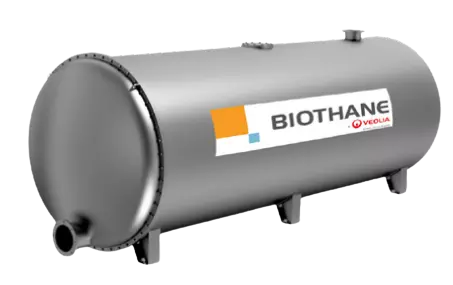
This process has a number of advantages. For example, using simple valves all connections between the EBS and the digester vessel can be isolated to allow chemical cleaning in place (CIP). Locating the separator at ground level also makes it more accessible and safer for cleaning. The reactor does not need to be drained and purged and there is no requirement to access potentially gas-filled confined spaces. It allows the cleaning process to be far quicker and easier, minimising any downtime for the plant.
One of the biggest challenges associated with an external separator is returning the biomass to the reactor without damaging it. Pumps invariably introduce mechanical shear forces which will destroy the biomass over time. If the destruction is faster than the growth rate, the costly biomass material is lost over time, impacting gas production and treatment efficiency. In AD applications there is already an excess of biogas that can be used to create lift without damaging the biomass pellets.
The ground-breaking development was Biothane’s patented gas-lift system which gives a high-rate performance with a relatively small footprint.
Reducing the risk of struvite precipitation
Not only is the separator easy to maintain, but a number of characteristics also reduce the risk of struvite precipitation occurring in the first place. For instance, the full head of the reactor water column is used to pressurise the separator. Higher pressures reduce the precipitation potential by keeping CO2 in solution and lowering the pH. Under these conditions, installing such a system may mean lower operational costs in terms of chemicals like antiscalants and biocides that are typically used to reduce precipitation.
In addition, higher pressures increase the efficiency of the separator by reducing changes in the buoyancy of the granular biomass pellets as they rise through the column. This allows the separation of the biomass to take place at a much faster velocity and makes for a much smaller separator – typically about half the volume of the conventional solution located at the top of the reactor. A smaller separator equates directly to cost but in a conventional system, the separator also occupies volume within the reactor, which is dead volume. Putting the separator outside means this space can be replaced with active biomass, significantly increasing biological capacity.
With the modular nature of the Biobed EBS system, there is also the opportunity to install several additional separator units that can provide system redundancy. As a result, plant shutdowns can be entirely avoided during the cleaning process.
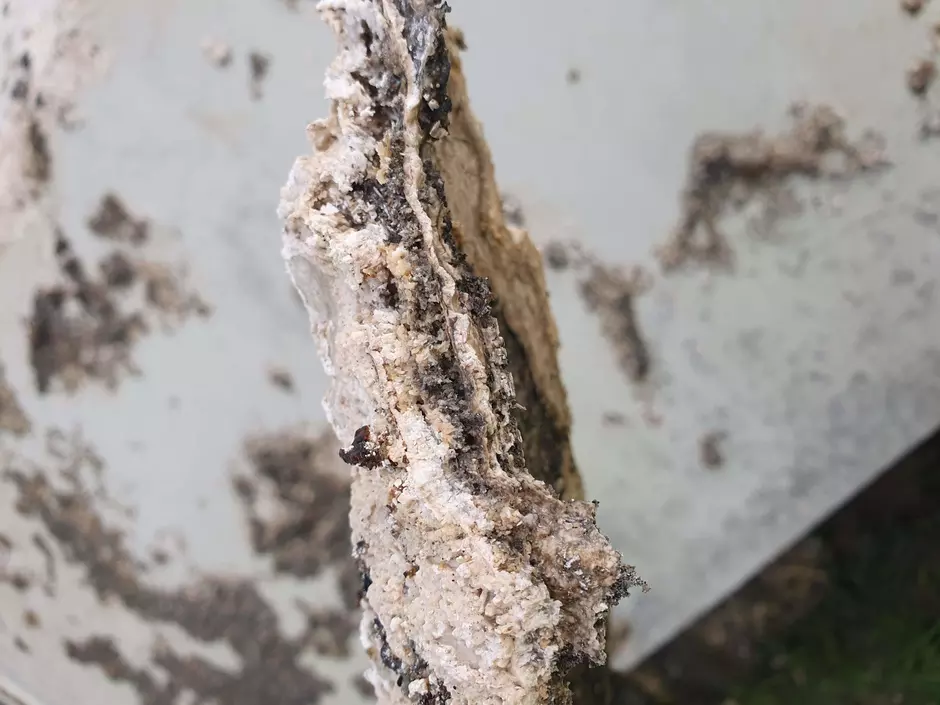
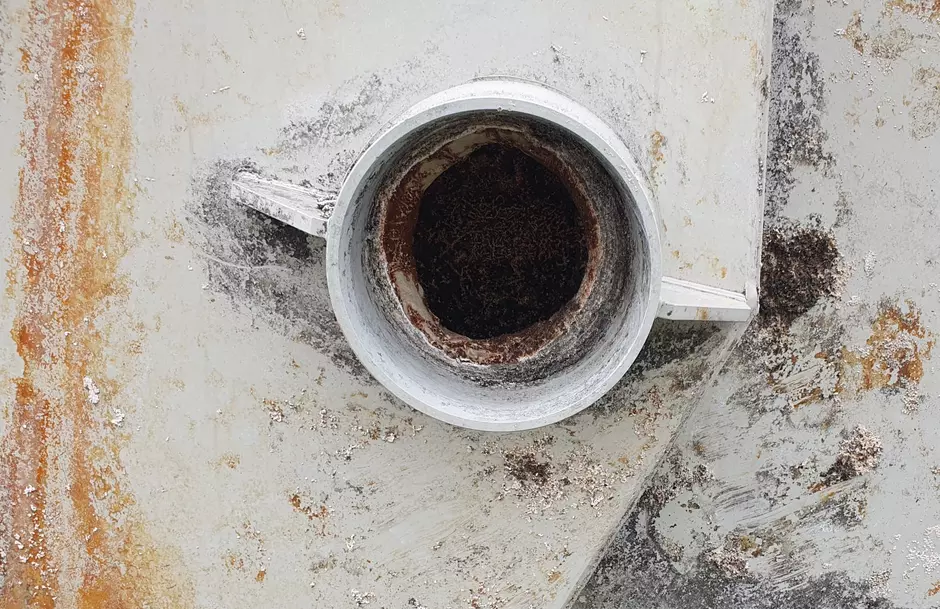
Look out for Part II of this post, coming soon.
Author: Atlantean Media



